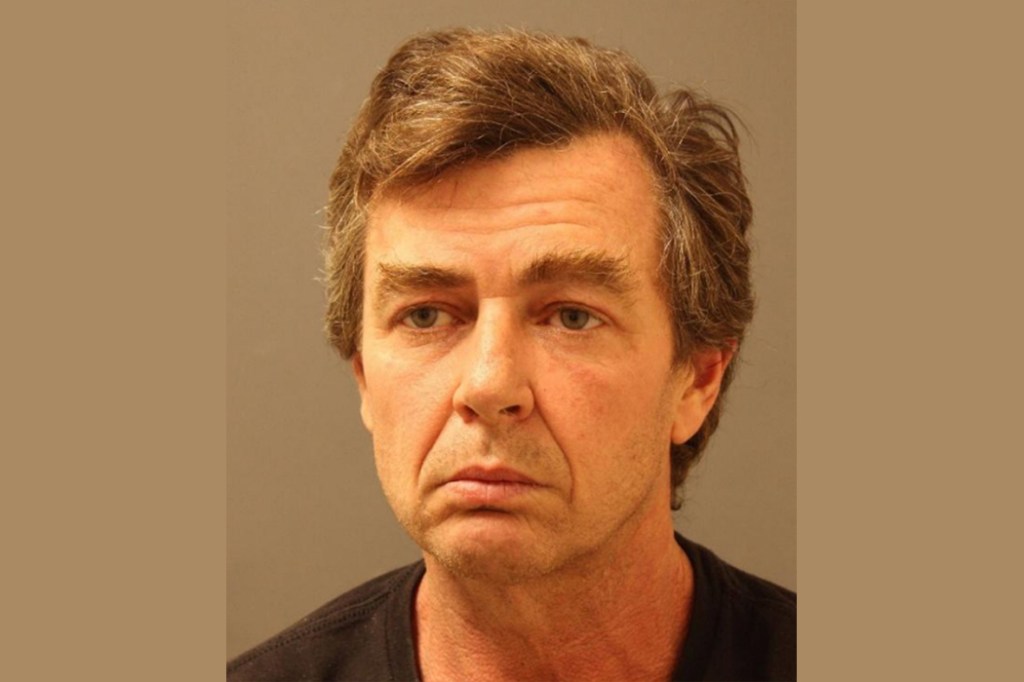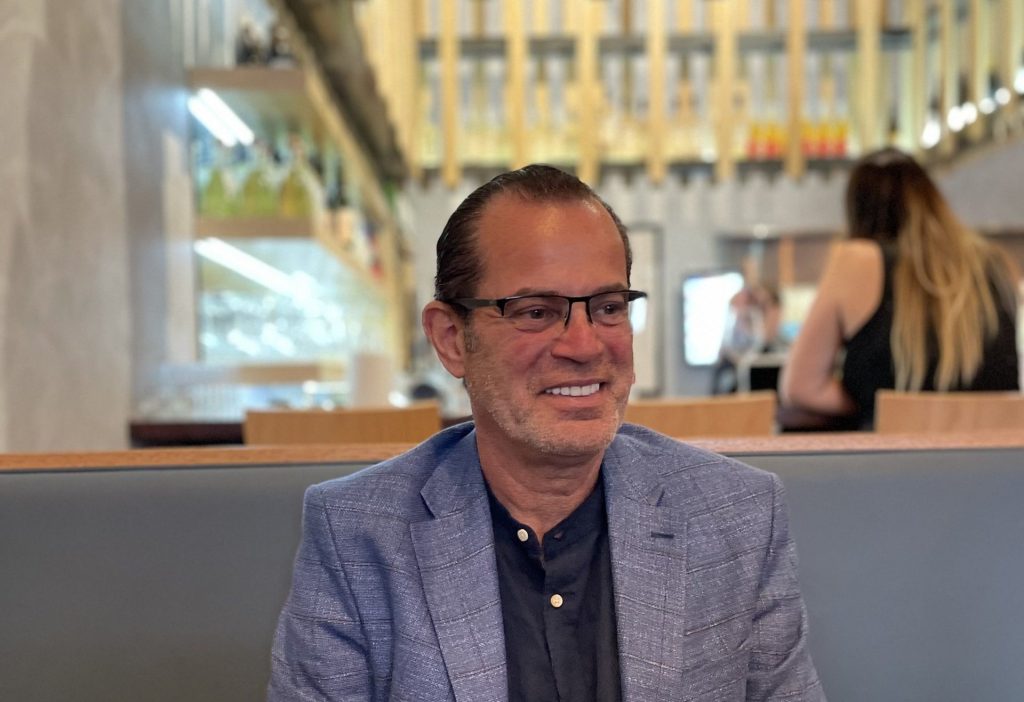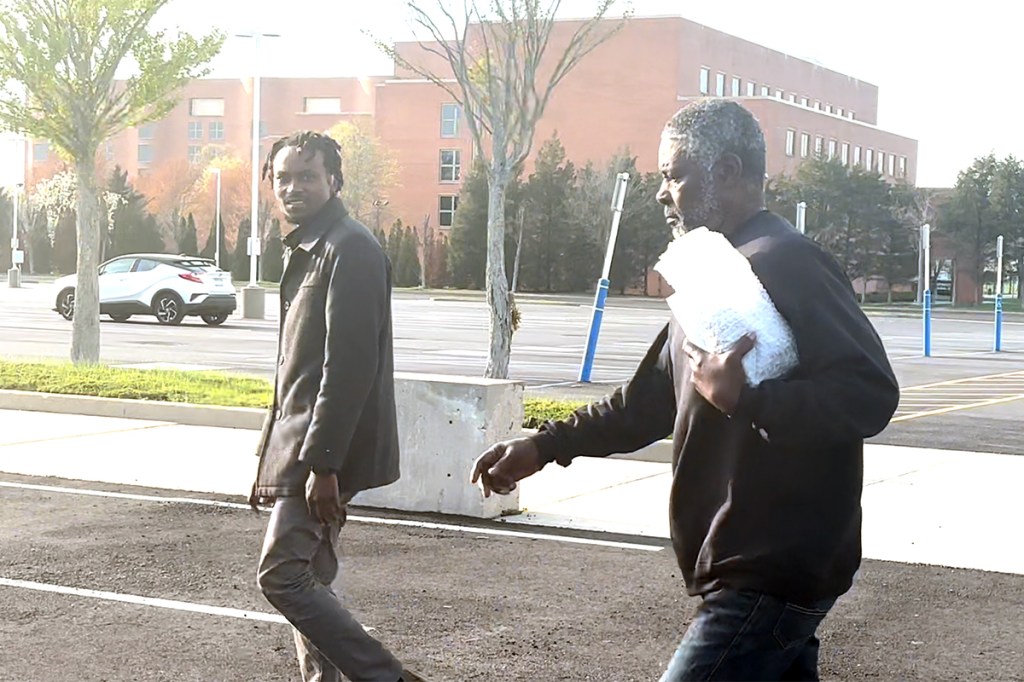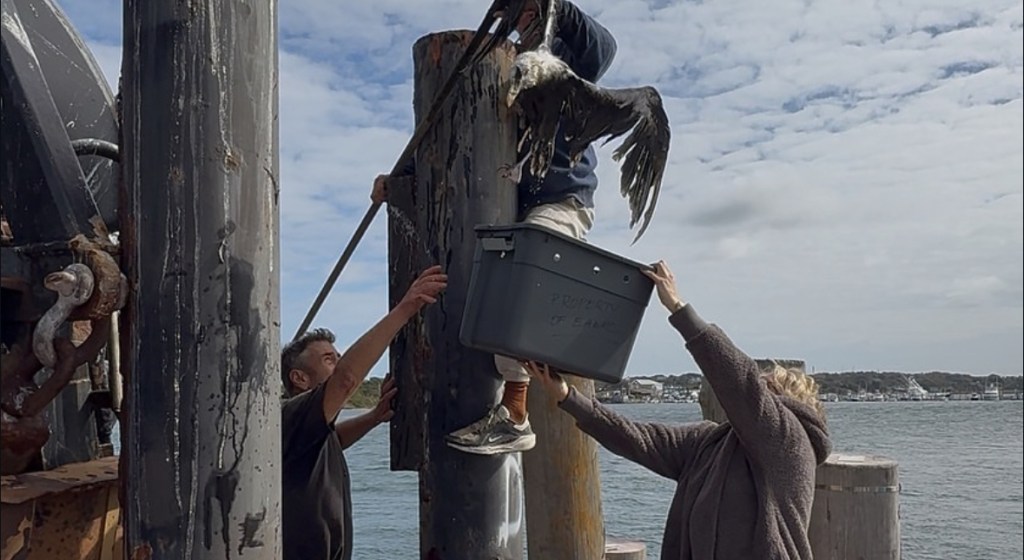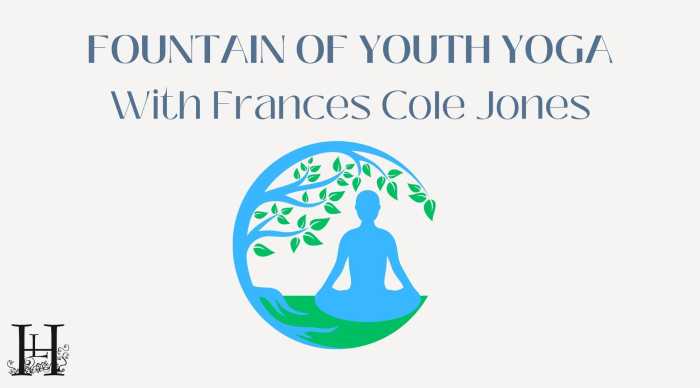Paradise: A Hideaway Cabin and the Valley Fire
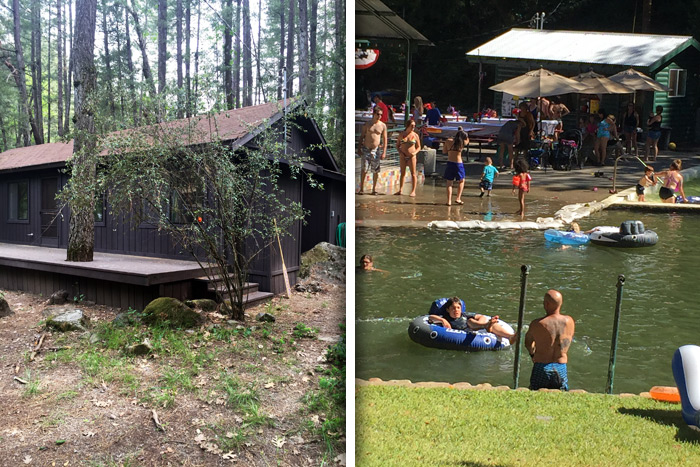
My daughter Maya graduated East Hampton High School a generation ago, went off to Sarah Lawrence, where she got a degree in writing and painting, and then moved to San Francisco, where she has spent most of her adult life.
Maya has made quite a life for herself. She became a schoolteacher and currently teaches eighth grade English in the Bayshore School District just south of the city line. She married a man who is the purchaser at one of the finest restaurants in the city, and they have two children—Solange, now 14 and Rhone, now 11. I love San Francisco and love visiting them there. They have bought a house on top of one of the hills in the south portion of San Francisco that has four bedrooms and looks out over not only the Golden Gate bridge, but also the Bay Bridge. The family leads an active social life mostly involving hiking, the children and visiting friends. Whenever we go, there’s always fresh food on the table.
Six months ago, this family teamed with another family—the families have known each other for 15 years—to buy a vacation cabin located in a valley up in the woods north of San Francisco near Calistoga. It’s a two-hour drive, and the contrast between the city and the country is about as dramatic as the contrast between Manhattan and the North Fork of Long Island, or the Hamptons 50 years ago. After some negotiations and paperwork, they moved in this past June.
The cabin—three small bedrooms and a living room with a pullout—faces out onto a lovely, babbling creek, perfect for exploring and wading in, called Anderson Creek. The birds sing, the creek rumbles through and the leaves of the great trees rustle in the wind. There is no cellphone service there and no WiFi. Solange, my granddaughter, is studying writing. She was accepted and now goes to the San Francisco School of the Arts’ Young Writers program. Rhone, who goes to a private school, plays soccer and builds things. Not long ago he built a pushbutton catapult system that launched paper airplanes. This year he is writing a script and making a 15-minute movie.
They bought the cabin for $190,000. Both families signed for the mortgage. I questioned Maya about this. Friendships can end when two families buy a home together.
“Julia and Citer have never had a disagreement of any kind with us,” she told me. “I think this will work.”
Indeed, this past July, the two families came to East Hampton for a week and we met them. They are fine people.
The cabin is in a community of cabins built in the 1930s. One large cabin is called Uncle Lou’s Cabins, where rooms can be rented out by the week. All the rest, over a hundred of them, are individually owned, each on its own acre, and all share in a central clubhouse and a community swimming hole, which is created for the summer when a dam crossing the creek a few hundred yards upstream from my daughter’s place is closed. There is a busy rural life there of kids swimming every day and riding bicycles, adults sunning and talking with one another, going camping, enjoying barbecue dinners and so forth. And about three miles away is a fair size town called Middletown, population about 2,000, where there are many ranches keeping horses, cows, sheep and goats.
“What I like most,” my daughter told me when they bought the place in Anderson Springs, “is the people. Everybody knows everybody. If you need help, there’s always somebody who’s there. There’s a great generosity of spirit. And it’s a year around place for many, and the weekenders are welcome.
She and I thought to brainstorm what to call the cabin. We came up with a few names. She said she’d check with Julia and Citer. But the place got a name by default. Everybody now refers to it as the Creek House.
My daughter and her family went up there every weekend this past summer. But they didn’t go up there two weekends ago. Rhone had a soccer match in the city on Sunday morning. It might have saved their lives.
The first I heard about it was in a text from my daughter at 6 a.m. Saturday morning. It would be 3 a.m. their time.
“It’s just awful,” it said.
I though they would be home in San Francisco in their beds at 3 a.m.
A minute later came a link to a CNN report. It was fire. The Valley Fire, a massive conflagration, had swept down from its ignition point at Cobb, a town just four miles from Anderson Creek, had destroyed the homes at Anderson Creek, devastated Middletown three miles further on and then headed south. My daughter and her family were following it from afar.
As the fire, actually a firestorm, approached, the people along the route of this fire were told to run for their lives, and they did, some of them barely having time to change into their clothes. They scooped up their pets and fled on foot, in cars, in pickup trucks. The fire roared through numerous communities around Middletown, and as many as 10,000 people rushed off to safety in churches and schools where makeshift quarters were being set up. The fire, in just a few hours, had already covered 40,000 acres—four times the size of the peninsula of Montauk, if you need a reference point.
At Anderson Creek, the howling wind bringing it along was from out of a horror movie.
“It sounded like a jet engine,” one of the refugees told a TV reporter. Five thousand firefighters were trying to contain this thing, without success, the report said.
“It doesn’t matter how many firefighters we have,” a fire marshal said. “Fireballs just go right over our heads and start fires further down. It’s the drought. The woods is dry as tinder.”
Of course, at that hour, I called Maya. She was in shock.
“It’s gone, all gone,” she said. “I don’t know about our particular house. Maybe it’s still standing. If it is, I want to know. People are homeless. They could shelter in our house.”
“Have you called there?”
“All the lines are down. Nobody’s answering the phones.”
Had she told the children?
“They are asleep,” she told me.
I remembered the Sunrise Fire. It took place in the summer of 1995 just north of the Sunrise Highway between that six-lane superhighway and Flanders Road. It was the most devastating fire we ever experienced here. It burned woods about half the size of Montauk. At one point, the flames leaped across the highway and headed a few hundred yards south toward Westhampton Beach, but the firemen put it out before it could reach there. In all, just a few houses were singed, but none burned down. What I do remember, however, was that this woods it burned through was virtually uninhabitable for at least a year. With its broken trees, burned grasses and wet, nasty smell, you wouldn’t even want to hike through it.
Whether their cabin survived is irrelevant. The paradise of that place is done. There are people, thousands of them, now homeless. There are people who have died, who didn’t make it out. The first of these who my daughter found out about, three days after the fire swept through, was from the community.
“She was a lady who had multiple sclerosis,” Maya told me. “She had a friend who tended to her during the day, but when the fire came she had gone home already. Realizing the lady was still in there, she drove back up, but they wouldn’t let her in. Others went in for her. It was too late.”
In all, it turned out, four people died. Two of them were within 10 cabins of my daughter’s.
“I continue to believe that our cabin is still there, though,” my daughter said after that third day. Nobody is allowed in or out. “Not every house burned. Until I hear differently, it’s still standing.”
I asked about my grandchildren. Solange is in shock. Rhone is crying. It’s all destroyed. And my daughter is sorting out how to explain this to her children and think of how they can help.
The next day, at 9 a.m. of the fourth day, Maya calls me crying.
“It’s gone,” she says.
* * *
It is now September 24 and the Valley Fire continues to burn, 70,000 acres. The Governor of California declared the fire a State of Emergency when it raced through, and called out the National Guard. It’s since been declared the third worst fire in the history of California.
Among the hundred-plus cabins at Anderson Creek, only 10 still stand. Also still standing is the community clubhouse. In the whole Middletown-Cobb valley area, a thousand or more homes and businesses have been destroyed. Most people are now living in tents or trailers or with family outside this area. Yesterday, President Obama declared this fire a national disaster. FEMA will now be coming, and people with no insurance or inadequate insurance will be helped. They will help with the cleanup.
Since the fire came through, my wife and I have been on the phone every day with my daughter or her husband or my grandkids. Maya sent me videos of the community, including one that showed the remains of their house. So many people wanted to see what had become of their property. These videos are on YouTube.
My daughter and the rest of “The Cabin Family” (a name given to the partners and their children by Rhone) have adequate insurance since they needed that to get a mortgage. If the insurance company comes through, they will be able to rebuild.
My advice to my daughter about what to do next is to try to focus on helping others in the community up there. It will be both a distraction for her and also the right thing to do.
With the fire far to the south now, still burning along with two other fires, the National Guard has announced that homeowners can return to see what’s left of Middletown and Anderson Creek beginning on Thursday.
And so, the adults in “The Cabin Family,” as my grandson Rhone has named the two families, will be driving up there on Sunday to see what’s what.
This is just 90 days after they bought their little patch of paradise in the woods. Now it’s gone.
But I say it’s a testament to their positive outlook that they decided three months ago to take the steps that would give them a vacation paradise. Had they never done that, never taken this hopefully wonderful step, they would not be where they are now, involved with this amazing community of people who will help heal themselves and rebuild.
Life happens. This will not slow them down. But my hope is that “The Cabin Family” will continue to celebrate their lives and the lives of their children this way in this community they have grown to love.

